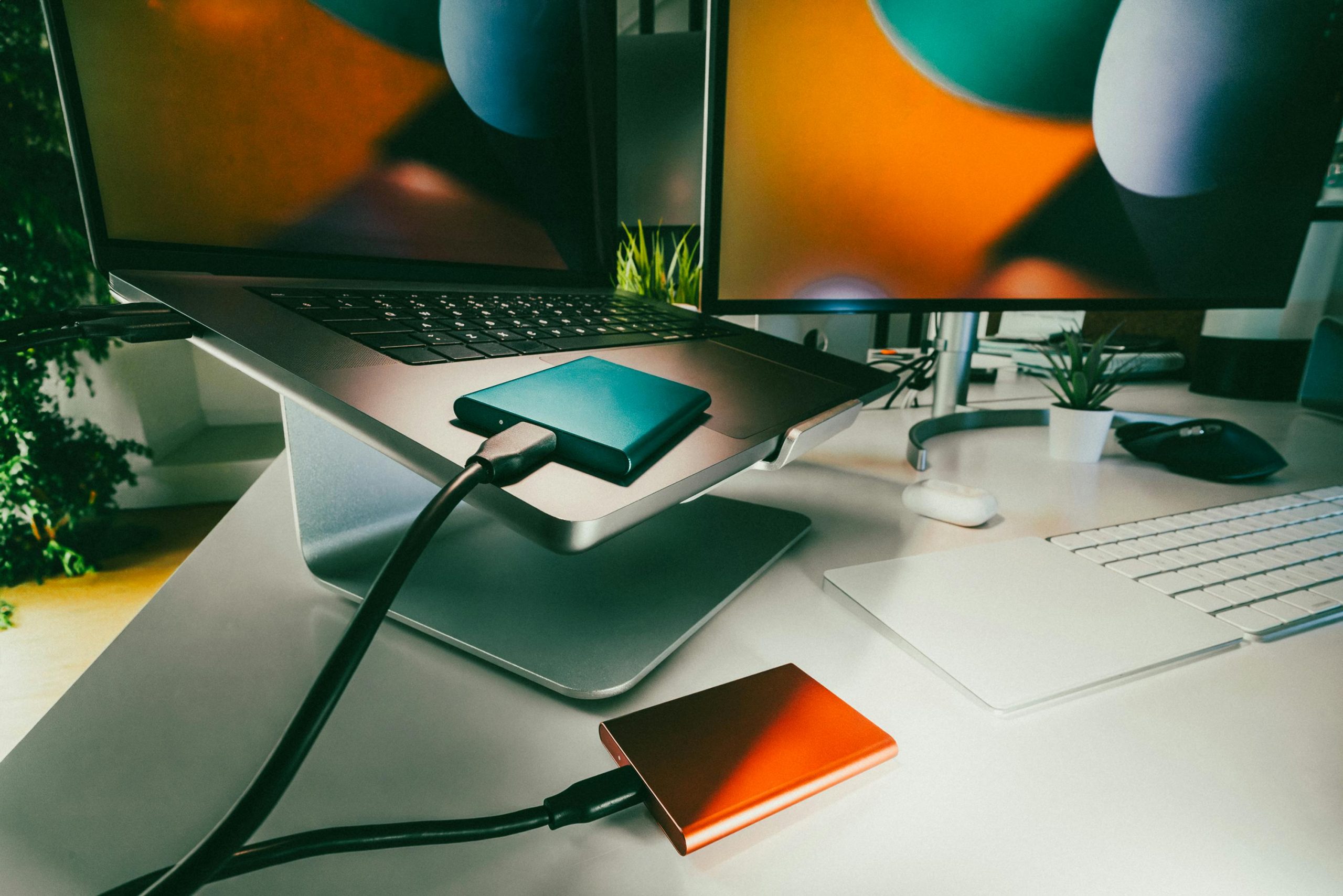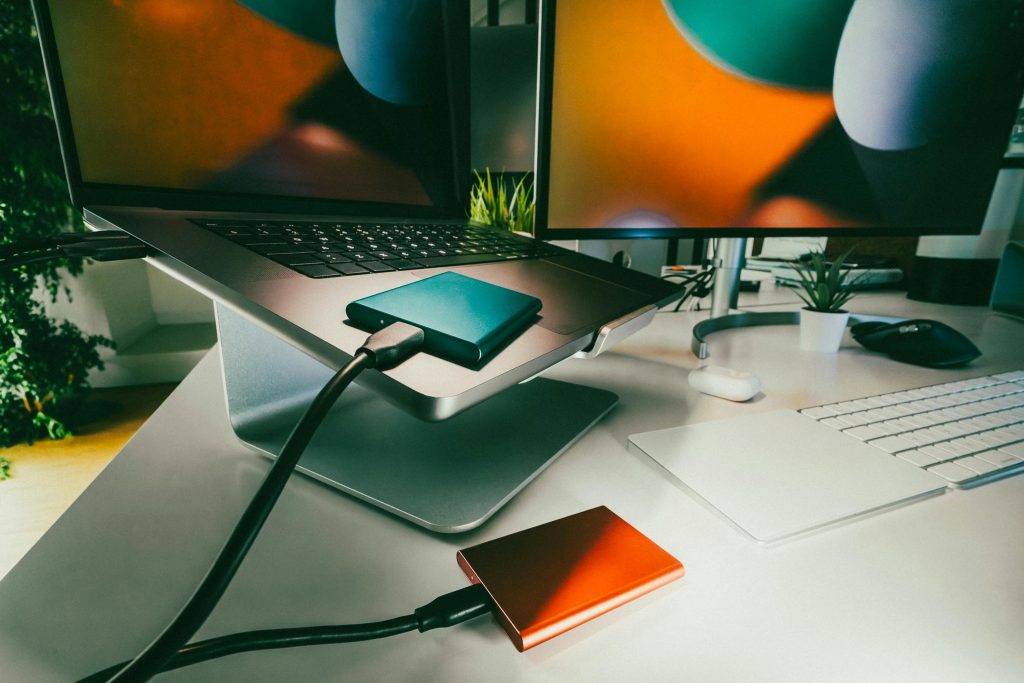Recovering Data from a 2015 MacBook SSD (AHCI) Enclosure Compatibility and Recovery Strategies
Introduction
Data loss incidents can be stressful, especially when involving older hardware such as a 2015 MacBook. If you’ve accidentally formatted the macOS and data partitions on your SSD and are now attempting to recover your files, understanding compatibility issues and effective recovery methods is essential. This article explores common challenges faced when connecting legacy MacBook SSDs to newer systems and offers practical solutions for data retrieval.
Scenario Overview
Let’s consider a typical case: a user has a 2015 MacBook running macOS Monterey (12.x), with its SSD partition accidentally formatted, resulting in data loss. The SSD is housed in an enclosure designed for the MacBook’s era—specifically, one compatible with the 12+16 pin AHCI PCIe drives of that time.
The user’s goal is to connect this drive to a modern 2021 M1 MacBook Pro running macOS Ventura (13.7) to recover data. Despite the drive being recognized as a connected USB device in System Information, it does not appear in Disk Utility, even in Recovery Mode, and specialized data recovery tools fail to detect it.
Key Challenges
-
Hardware Compatibility: The older SSD may use an AHCI interface, which differs from the newer NVMe protocol employed by most contemporary SSDs. Modern Macs, especially those with Apple Silicon, often have limited support for legacy interfaces without proper adapters or firmware.
-
Enclosure Limitations: The external enclosure designed for these specific drives might not interface correctly with newer Macs, or its firmware may not recognize older drive protocols properly.
-
Detection and Visibility: While the drive shows up at a hardware connection level in system reports, it remains invisible to storage management tools, indicating potential communication issues between the drive, enclosure, and host system.
-
Data Recovery Constraints: Standard recovery efforts, such as Disk Utility scans, may fail if the drive’s partition table or formatting is corrupted or incompatible with the host OS.
Potential Solutions and Recommendations
-
Verify Hardware Connectivity
-
Test with Multiple Cables and Ports: Ensure the issue isn’t due to faulty cables or USB ports by trying different combinations.
-
Use a Direct M.2 Adapter: If your SSD is M.2 form factor, consider removing it from the enclosure and connecting it directly via an M.2 to USB or M.2
Share this content:



